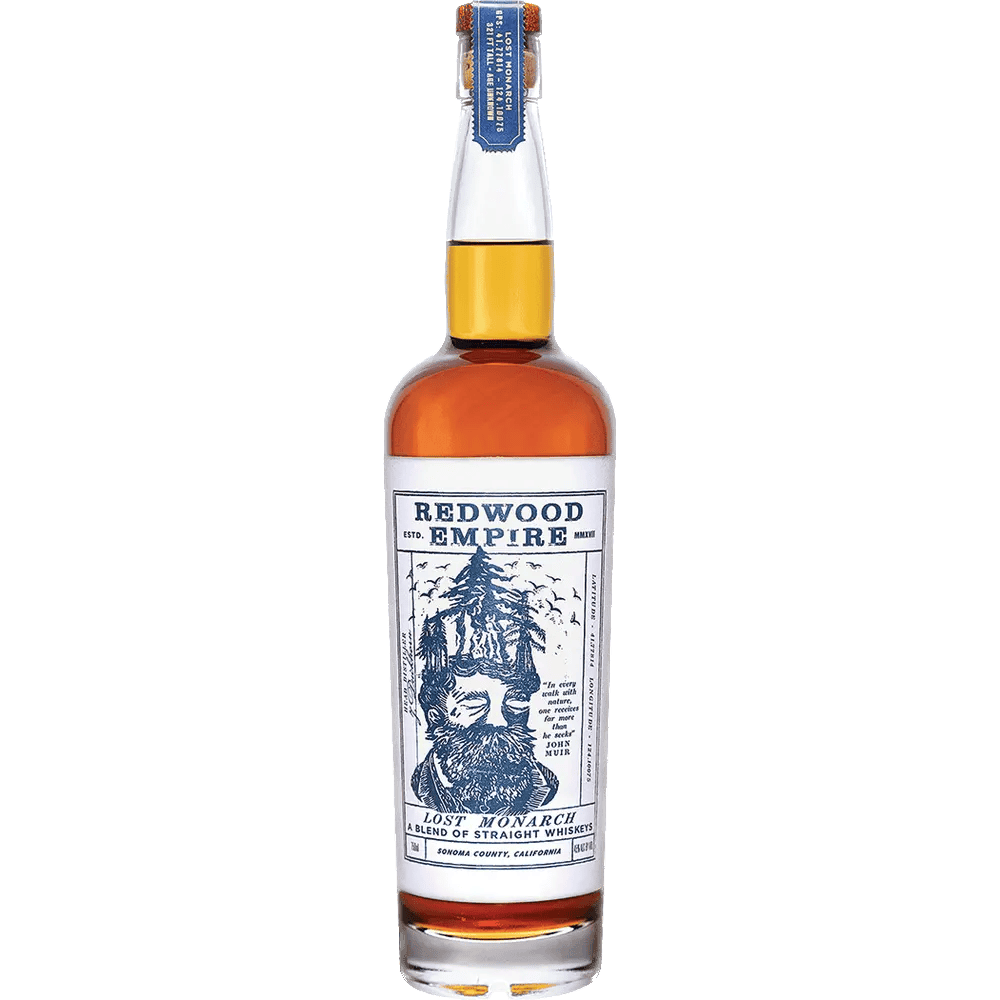
Redwood Empire American Whiskey
Discover the Essence of Redwood Empire American Whiskey
Embark on a journey of taste with Redwood Empire American Whiskey, a blend that beautifully marries the boldness of Northern California rye with the rich, aged complexity of American bourbon. This exceptional whiskey is crafted to ignite your senses and inspire a deep appreciation for its distinctive character.
Key Features:
- Origin: Proudly crafted in the United States, specifically in the heart of California.
- ABV: 45% – a robust alcohol content that enhances its rich flavor profile.
-
Tasting Notes:
- Toasted Oak: A warm, inviting base that sets the stage.
- Caramel: A hint of sweetness that balances the spice.
- Vanilla: Adds a smooth, creamy texture.
- Cinnamon: A touch of spice that invigorates the palate.
- Tobacco: An intriguing layer that complements the overall profile.
With every sip, you will be rewarded with a one-of-a-kind whiskey experience that showcases the unique richness of flavors. Whether enjoyed neat, on the rocks, or in your favorite cocktail, Redwood Empire American Whiskey is sure to become a staple in your collection.
Important Notice:
California Proposition 65 WARNING: Drinking distilled spirits, beer, coolers, wine, and other alcoholic beverages may increase cancer risk, and during pregnancy, can cause birth defects. For more information, visit www.P65Warnings.ca.gov/alcohol.

Explore a World of Spirits and Liquor through our Comprehensive FAQ Section.
Discover a World of Spirits and Liquor in our Helpful FAQ Section.
Types of Spirits
- Whiskey: Made from fermented grain mash and aged in wooden casks.
- Vodka: Typically distilled from grains or potatoes and known for its clear, neutral flavor.
- Rum: Produced from sugarcane byproducts like molasses or sugarcane juice.
- Tequila: Made from the blue agave plant, primarily in the area surrounding Tequila, Mexico.
- Gin: Distilled with botanicals, primarily juniper berries, giving it a distinctive flavor.
Production Process
- Fermentation: The process where yeast converts sugars into alcohol.
- Distillation: Separating alcohol from the fermented mixture to increase its concentration.
- Aging: Storing spirits in barrels to develop flavors over time.
Tasting and Pairing
- Tasting Notes: Learn to identify different aromas, flavors, and textures.
- Food Pairings: Discover which spirits complement various dishes, enhancing the dining experience.
Cocktails and Mixology
- Classic Cocktails: Recipes and techniques for making popular drinks like the Old Fashioned, Martini, and Mojito.
- Mixology Tips: How to balance flavors and create your own cocktail recipes.
History and Culture
Origins: The historical background of different spirits.
Cultural Significance: How spirits are enjoyed and celebrated around the world.

